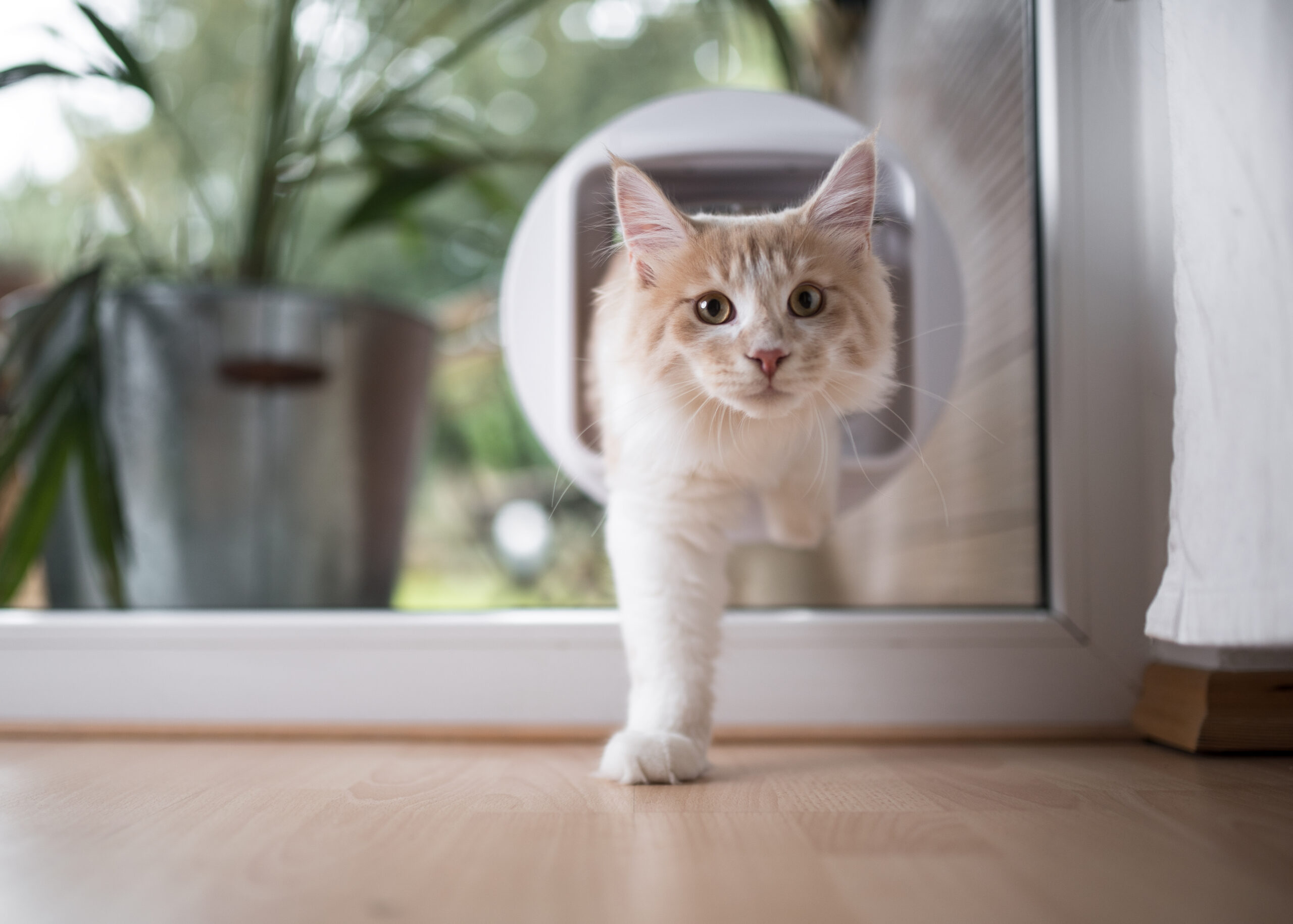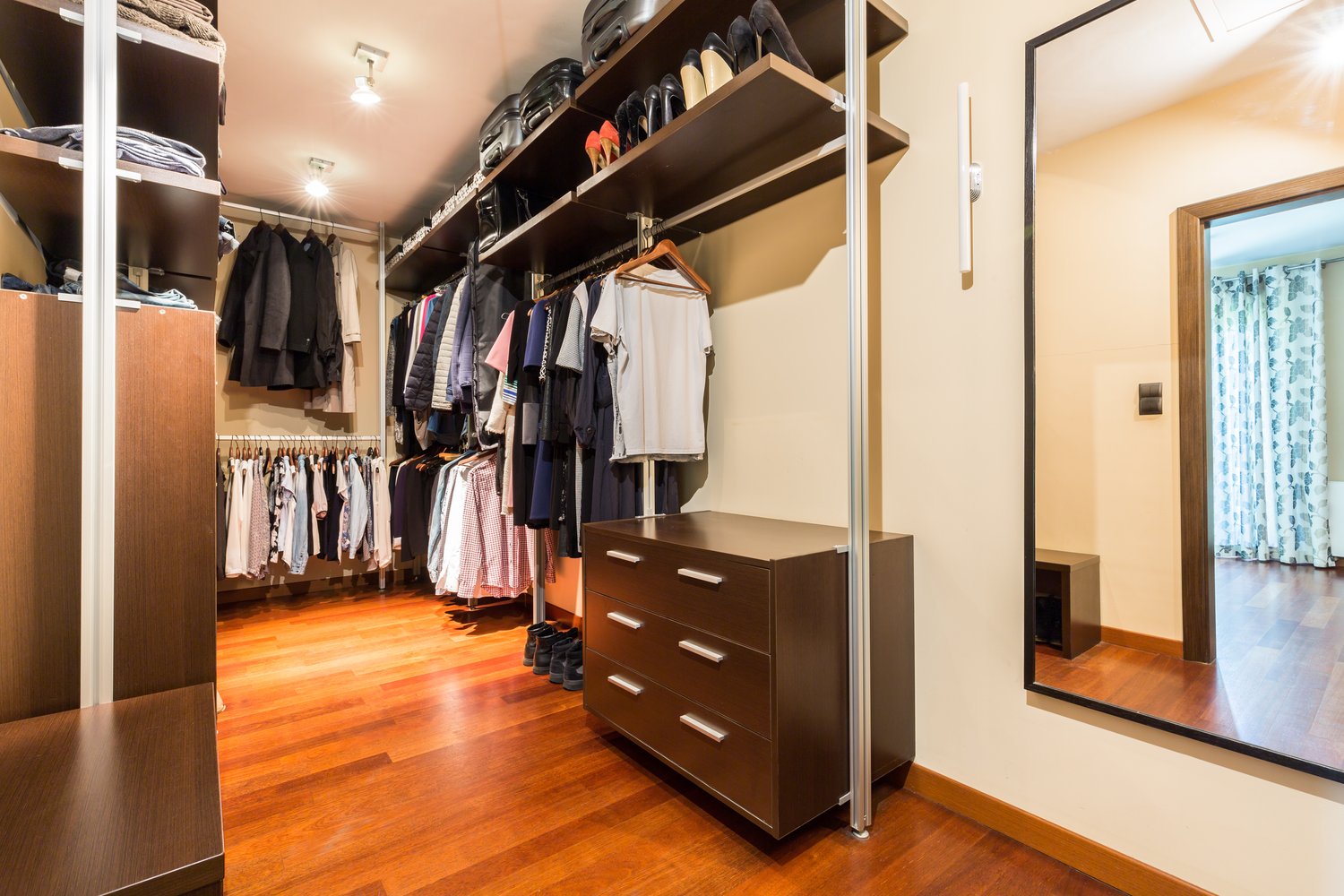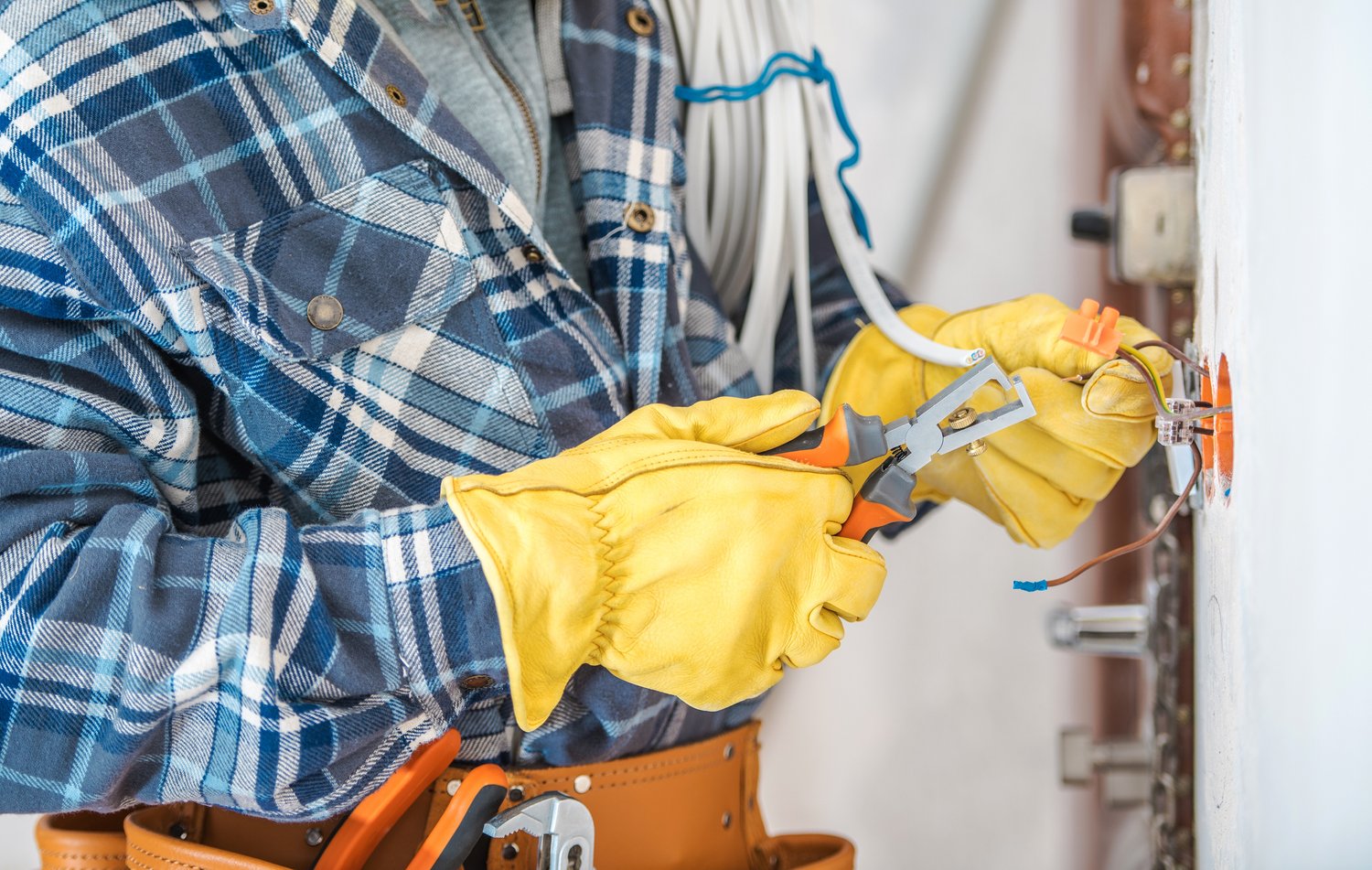Pet doors are one of those practical upgrades that can transform daily life with a cat or dog—less getting up to open the door, fewer accidents, and a happier, more independent pet. But let’s be honest: many pet doors are clunky, obvious, and scream “function over form.” If you’ve spent time curating a beautifully designed home, the last thing you want is a giant plastic flap ruining your vibe.
The good news? It’s totally possible to install a pet door that works seamlessly with your home’s style. Whether your look is modern farmhouse, minimalist, coastal, or traditional, here’s how to bring in the convenience of a pet door without sacrificing your aesthetic.
1. Choose the Right Style of Pet Door
Not all pet doors are created equal. Modern designs offer a wide range of sizes, finishes, and features that can complement your home instead of clashing with it.
Stylish Pet Door Options:
- Frameless glass inserts: Great for sliding doors or patio doors, these clear or tinted pet doors almost disappear into the glass.
- Low-profile doors: Designed to blend into wood or painted doors with a clean, streamlined look.
- Hidden or built-in doors: Some models are integrated into base cabinets or walls and hidden from plain sight.
- Electronic or smart pet doors: These open only when your pet approaches with a collar sensor or microchip tag—great for security and sleek design.
Look for doors with brushed metal, black matte, or color-matched trim that complements your existing décor.
2. Match the Material to Your Home’s Finishes
One easy way to elevate the look of a pet door is to match its materials and finishes to your existing hardware or doors.
- For modern homes with black or bronze finishes, choose pet doors with matching frames.
- In a farmhouse-style kitchen, look for a pet door that matches your cabinetry or painted woodwork.
- For glass doors, opt for in-glass pet doors that keep sightlines clean and let in plenty of light.
Tip: Many pet doors can be painted to match your trim or door color. Just be sure to use a primer and paint that adhere to the material (like plastic or metal).
3. Integrate the Pet Door Into a Wall or Cabinet
If you’d rather not alter your exterior doors, consider installing the pet door through a wall, base cabinet, or built-in bench.
Clever Built-In Pet Door Ideas:
- Add a wall tunnel from the laundry room or mudroom to the backyard.
- Install a pet door inside kitchen cabinetry for an enclosed litter box area or small pet retreat.
- Use a side access panel on a storage bench or window seat for a discreet entry point.
Framing the opening with clean trim or molding can help it look intentional and polished, not like an afterthought.
4. Use Pet Doors That Disappear Into Decor
Pet doors don’t have to stand out—many can be camouflaged or hidden in plain sight.
Ways to Hide or Minimize Pet Doors:
- Paint the frame the same color as your door or wall to help it visually disappear.
- Place furniture, planters, or decorative screens nearby to distract from the door while maintaining access.
- Install a pet door on the side or back of a cabinet, where it’s functional but out of direct view.
- Opt for a retractable or sliding model that can be hidden when not in use.
If you’re really design-savvy, incorporate the pet door into a custom millwork piece or paneling for a high-end, built-in look.
5. Don’t Skimp on Quality
Cheaper pet doors tend to look (and feel) cheap—thin plastic flaps, flimsy frames, and clunky covers. Upgrading to a high-quality model not only improves durability but also enhances the overall aesthetic.
Look for doors with:
- Magnetic or locking flaps to stay shut when not in use
- Double-layer insulation to maintain energy efficiency
- Weatherproof seals that prevent drafts and moisture
- Tight, clean finishes that blend with your existing door or wall
A high-end pet door may cost more upfront, but it’s an investment in both style and functionality.
6. Make It Part of Your Home’s Flow
Think about how the pet door integrates into the rest of your home’s layout and movement. Ideally, it should work with the natural flow of the space.
- Place it near your pet’s feeding area, bed, or crate for ease of use.
- Align it with a path to the yard or garden that’s free of obstructions or breakable items.
- Avoid placing it in high-traffic areas where it might get in the way of furniture or décor.
Want to take it to the next level? Add a small rug or runner on either side of the door to catch dirt from paws and make the space feel intentional.
7. Add a Design Touch to the Exterior
Remember, pet doors are visible both inside and out. Don’t neglect the exterior side—give it the same attention to detail.
- Install a small awning or overhang to shield from rain and add charm.
- Frame it with trim or match it to your siding or door color.
- Place planters or potted shrubs nearby to draw attention to the landscaping instead of the flap.
This is especially important if you’re adding a pet door in a highly visible area like a front porch or patio.
Final Thoughts
Pet doors have come a long way from the plastic flaps of the past. With thoughtful planning and a little design savvy, you can install a pet door that’s functional, attractive, and completely in sync with your home’s style.
Whether you go custom, built-in, or cleverly disguised, your pets will love the freedom—and you’ll love not having to choose between convenience and good design.
Because in a well-designed home, even the smallest door can make a big impact—for pets and people alike.



